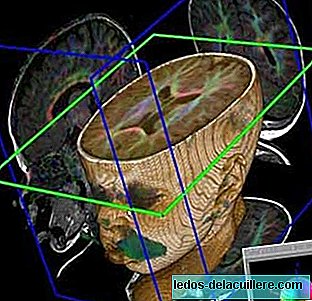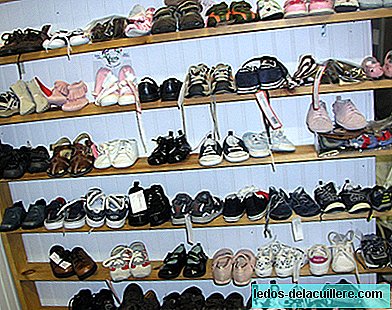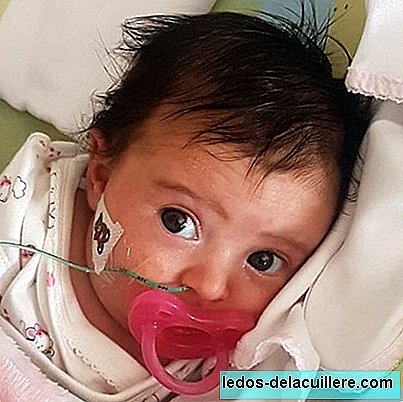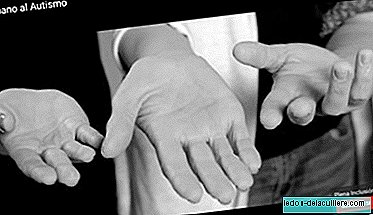
The advance of science never ceases to amaze us. A few years ago, the babies' brains were a great mystery, but today, thanks to the work of eminences such as Dr. Eduard Gratacós, head of the Maternofetal Medicine Service of the Hospital Clínic de Barcelona, we know more and more.
He and his team work so that in the future can detect how brain injuries originate in babies and how to cure or minimize them.
In 80% of cases, children's cognitive difficulties have their origin in some brain damage suffered while the baby was still in the mother's womb.
The Clínic team, a pioneer hospital in fetal surgery, has won an important grant from the British Brain Foundation to investigate for six years how to detect early brain damage in babies.
As he explains, these lesions are in many cases related to placental insufficiency, which occurs when the placenta is not able to adequately supply the baby with the nutrients and oxygen it needs.
The scientist explains that "if the brain detects the restriction redistributes its blood, it sends more to the areas of the brain related to physiological automatisms, such as breathing, and less to other higher areas related to cognitive tasks and emotions."
He says that the brain of a baby between 6 months and 2 years is very plastic, so it could be stimulated to correct those failures that occurred in the womb. However, when they are children of 5 or 6 years, which is when disorders such as lack of memory, attention deficit or adaptation problems are usually detected, it is more difficult to correct them.
We will be watching the team's research about the formation and functioning of the baby's brain, a field without doubt exciting that is no longer a mystery.












